Democratic resilience has been put to the test in recent years, and citizens are losing their trust in institutions. What is the current state of democracy and how is it impacted by technological innovation?
Several studies show that the state of democracy, especially liberal democracy, has deteriorated globally. Democracy’s global advance has come to a halt; in fact, the democratic space is narrowing. A recently published international study Varieties of Democracy suggests that the state of democracy is at the same level as it was in 1989 — before the fall of the Berlin Wall.
One of the many reasons explaining this is the digital transformation. Modern technologies have had a profound impact on our information and data landscapes, with tools such as social media platforms providing access to an enormous amount of information. The transformation, or, as some might say, contamination of the information environment is putting tremendous pressure on liberal democracy, which stems from the idea that different perspectives and values are based on the same facts.
Why does the change in the information environment put pressure on democracy?
The information available to us is no longer filtered or curated like it used to be. The flow of unfiltered information contributes to polarisation in societies, since we rely on different information to create our knowledge base and understanding of our society. Digital communication technologies accelerate this polarisation as they enable misinformation and disinformation to spread at an incredible speed. As we have seen in liberal democracies, people in the political arena use entirely different facts. This was strongly evidenced by the COVID-19 crisis where emotional reactions seemed to override reasoned facts. This is a huge challenge for representative decision-making.
Is this a global trend or is there a difference between Europe and the United States?
In the United States the information environment has become extremely polarised. Media polarisation, also known as the Fox News model, is fuelling greater divisions within the country. It has had a major impact on discussion in social media, but also social discourse in the United States in general. These discussions are typically characterised by misinformation and even disinformation, which is dangerous for a liberal democracy.
In Europe, people can form a more comprehensive and informed picture of society, thanks to national broadcasting companies and general media consumption habits. Finland and the other Nordic countries excel here, to the point that the term ‘Nordic media wellbeing model’ has been coined. This model involves various mechanisms that ensure some public funding and support for the media. Partly for these reasons, journalistic media is doing well in Finland and enjoys a wide audience. In Europe, crises such as COVID-19 and Russia’s attack on Ukraine increased the consumption of journalistic media, but the same can’t be said for the United States.
Is this a global trend or is there a difference between Europe and the United States?
One of the biggest challenges is that communications platforms do not consider themselves publishers in the traditional sense; they would then be required to adhere to certain publishing principles. In Finland, these are the principles laid down by the Council for Mass Media. Although communications platforms have become part of a democracy’s critical infrastructure, it was only very recently that some of them have begun to remove or label misinformation, in other words to take responsibility as required by publishing principles. But these actions still cover only a fraction of the information available to people.
The second and significantly bigger challenge is data collection. Platforms collect data on their users – all of us – and use it to create a detailed picture of our behaviours and preferences. They then use this data to influence us. All of this happens below the surface, without us even realising it. Sitra’s Digipower investigation looked into the mechanisms of profiling in the tech giants’ services platforms.
Read the whole article here.


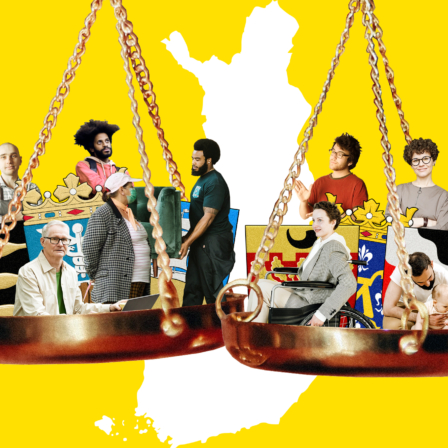

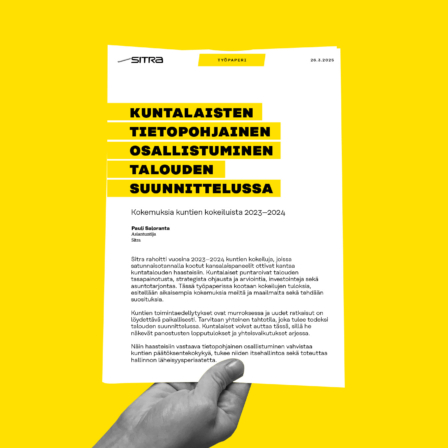




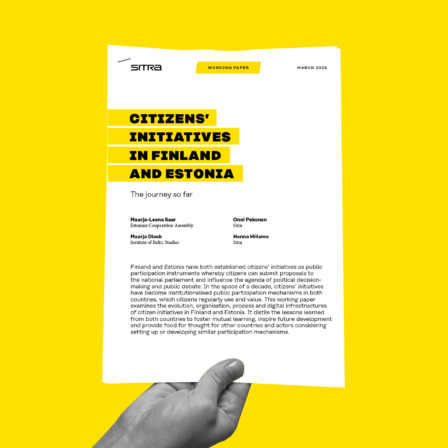
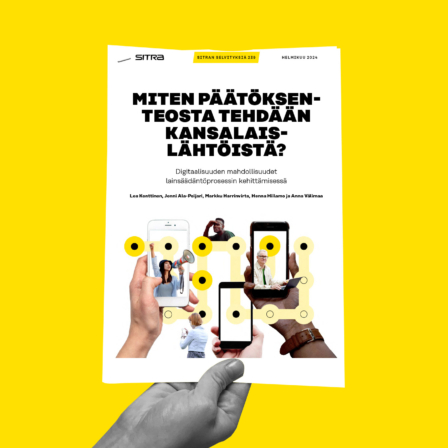

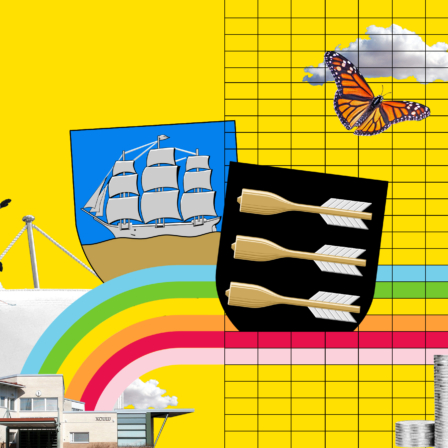
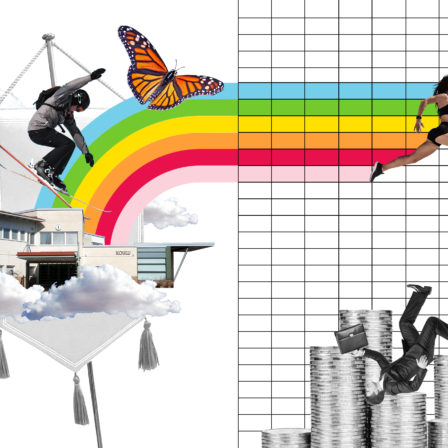



Recommended
Have some more.